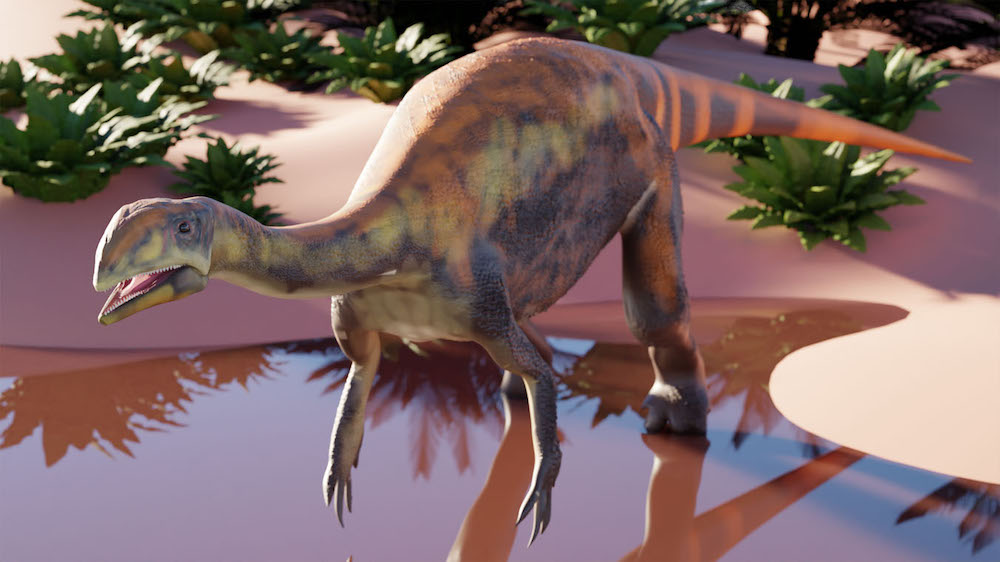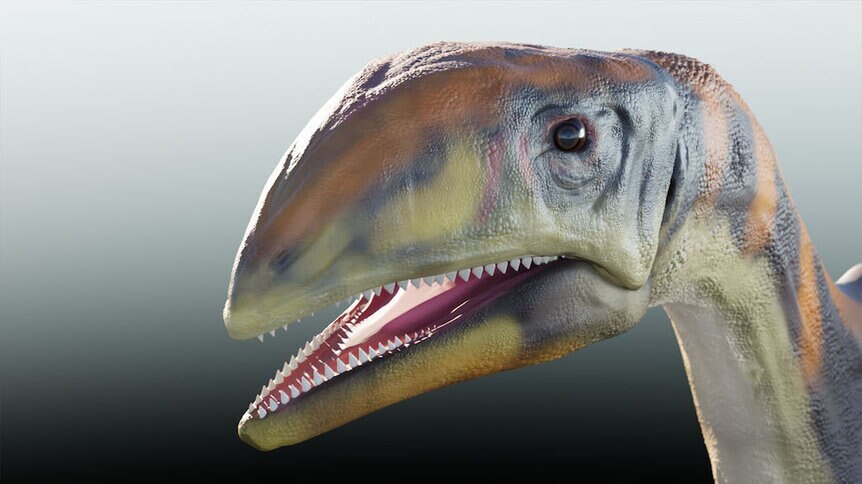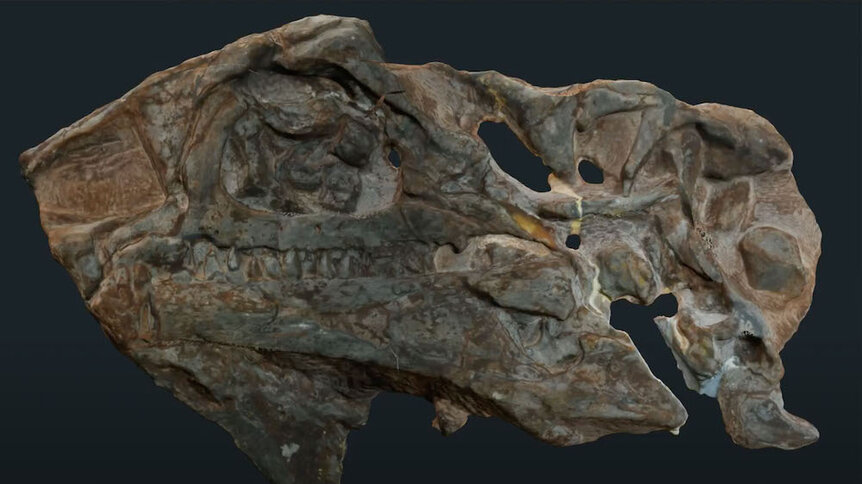Create a free profile to get unlimited access to exclusive videos, sweepstakes, and more!
Coolest dinosaur (literally) ever lived in Greenland and has emerged from the ice
Issi saaneq has been discovered to be a new species of dinosaur from far north...how far? Think Greenland.

Imagine waiting 214 million years to be dug up, and then another few decades to be identified as a previously unknown dinosaur that lived in what is now one of the coldest places on Earth.
Issi saaneq is now the first known dinosaur that supposedly thrived in what is now Greenland. While its face might look vaguely raptor-like, its body gives away that it was an herbivorous prosauropod, or was a predecessor of sauropods such as Brontosaurus and Camarosaurus. Some, the titanosaurs, would eventually become the largest land animals to have ever thundered across the Earth. They are all somehow related to this peculiar creature.
When the skulls of a juvenile and sub-adult Issi saaneq were first unearthed in 1994, one was classified as a species of Plateosaurus while the other’s identity remained unknown. It was only recently that paleontologists Victor Beccari, Oliver Wings, Lars Clemmensen, and their colleagues published a study in Diversity about how they were able to differentiate it as an entirely unique species. As for how it weathered the cold, it didn’t have much of a problem.
“The climate in Greenland back then was temperate, partly comparable to the modern one just east of the Rocky Mountains, but more extreme,” Clemmensen told SYFY WIRE. “Still, dinosaurs and other vertebrates including phytosaurs and amphibians found a suitable habitat here.”
During the Late Triassic, the Jameson Land Basin in Greenland, which Issi saaneq is thought to have inhabited (since that is where its remains surfaced) was a broad, shallow lake that was like an oasis for life-forms between the mountains that loomed overhead. Summers could reach over 100 degrees Fahrenheit while winters were between about 40 and 50 degrees. Rivers flowing in from the west carried fresh water and sediment to the lake. It was the rivers that mainly refilled it since mountains blocked most precipitation headed towards the area.
What makes Issi saaneq so unique? Going in with CT scans determined the features that set it apart, which were not glaringly obvious, but still noticeable enough to prove that it was not a plateosaur. There is a small foramen, or opening, near the middle of the tip of the upper jaw, or premaxilla. The front of the temporal bone at the side of its skull was elongated, and the quadrate, which connects bones to form the upper jaw, is long compared to the midline of the roof of the mouth. The back of the lower jaw’s upper surface is also especially well developed.
“We only have examined the skull bones so far, though the small but distinct differences allow us to separate it from the well-known prosauropod Plateosaurus, from which we also have several complete skulls (and dozens of fairly complete skeletons),” Wings said.
How Issi saaneq ended up in Greenland, and whether it migrated across Pangaea or was an endemic species that evolved from something else living there is debatable. Nobody really knows how prosauropods and their younger relatives, the sauropods, populated the planet. What is known is footprint evidence of actual sauropods that once plodded around Greenland. These sauropods lived during the same time period as Issi saaneq, so while one is supposedly more evolved than the other, Issi still wins for being the northernmost plateosaurid ever found.
“Finding a new genus in a different part of the world is exciting,” Wings said. “It really helps us in reconstructing migration routes and evolutionary developments of the sauropodomorphs, both prosauropods and sauropods.”




























